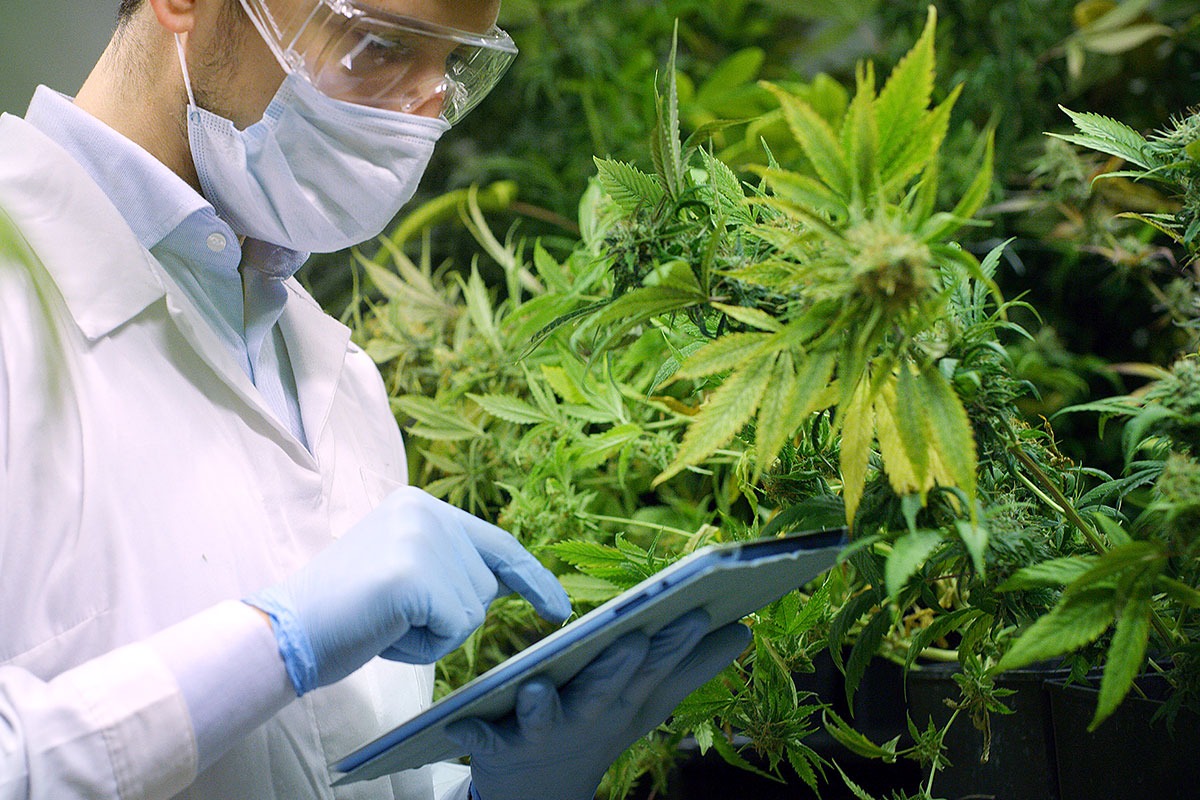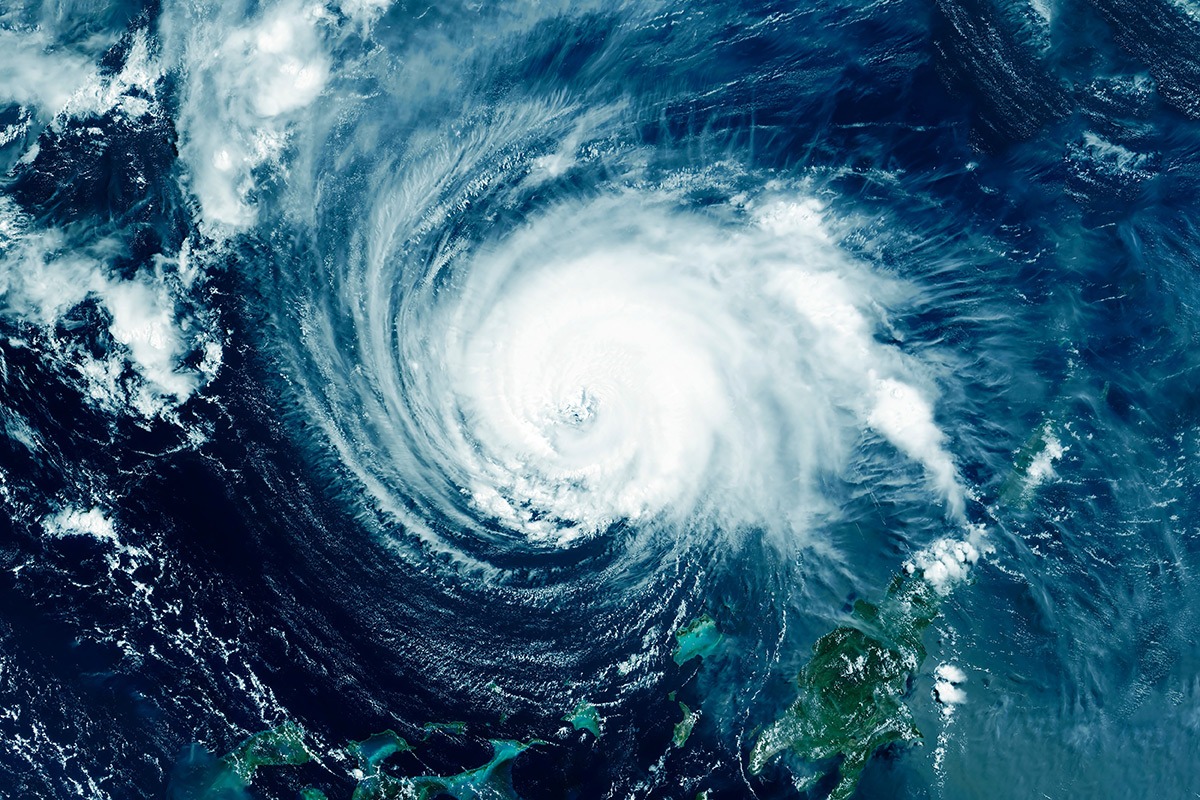The Intersection of Construction Management and Cannabis: Part 3: Focus on Facilities and Equipment

The cannabis industry has grown dramatically with changes in state medicinal and recreational use laws.
In turn, they have put many businesses in-the-spotlight and have garnered significant investments in sophisticated facilities and fostered advances in almost every aspect of growing, processing, packaging, and distribution of the plant-based products. Many of these processes are proprietary to each manufacturer, so their specific methods and practices define who they are and why their product becomes loved by their customers.
Being involved in the industry for more than four years, Real Projectives® teams have learned that essential elements of how an individual company cultivates and manufactures their product comes down to their use of particular tools—in the real estate and construction industry, we commonly refer to them as the furniture, fixtures, and equipment (FF&E). This covers all the implemented fixtures, products, tools, equipment, and organizational items purchased and installed into a facility or all the above. As project managers, we advise clients on purchasing and installing appropriate FF&E to maximize their output, quality, speed, and efficiency while satisfying their budget and schedule constraints.
Now let’s touch on the growing and processing phases.
FF&E for Growing:
Growing of cannabis plants (cultivation) is unique to each company. The plants respond to their environment in ways similar to the growth of grapes for winemaking. Differences in bedding soils and tray racking, light sources, water quality and irrigation, air temperature and circulation along related workflows and controls vary from one cultivator to another. As project managers with experience across multiple cultivator’s techniques and styles, we help guide each client to make the best strategic decisions for their specific circumstances and coordinate them into good designs and integrated functional systems.
Lighting needs and electric power requirements can have a massive impact on the longevity of the cultivator’s campus and expansion opportunities. We have seen with less efficient equipment, properties need larger utility services which take time, resources, and money working with municipalities to obtain the necessary power to support their needs. However, cultivators often have strict and regimented methods around growing their products that may require less efficient means and equipment. However, much of the industry has embraced higher efficiency as worth it in the long run for multiple benefits. More research, trials, and experiments may need to be done in the meantime, but modern lighting has reached or exceeded previous expectations. For example, using efficient light sources like light-emitting diodes (LEDs), produces less heat that both shrinks the need for cooling of the space and reduces scalding of the plants.
And modern racking systems take advantage of this advancement by allowing multi-tiered racks to increase yield in the same amount of space. In this way, cultivators have been training plants to grow thicker and shorter. The effort required for fabrication, shipment and construction of racking systems is tedious and requires significant advanced planning. Project managers on cannabis cultivation facilities must stay in touch with vendors and apply experience and astute tracking to complete projects while mitigating the potential schedule and cost impacts, and risks involved in delaying the start of cultivation due to procuring FF&E.
FF&E for Processing:
Beyond greenhouses and the grow rooms, like any manufacturing process, there are pressures to think outside the box for facilities to handle increased demand of current and different types of products. We have seen a drive for better equipment to increase efficiency throughout the processing and packing cycles prior to shipment. Pre-roll machines, flower tumblers, and automatic scale and sorting equipment are a few examples. These pieces of equipment are very expensive and typically require significant lead times as they are custom manufactured, hence advanced planning and tracking are vital to procure, install, and get operations started timely. Challenges mount every day as the cannabis industry tries to scale during a period in the economy where COVID has impacted supply of many goods and services.
As proactive project and program managers we start with understanding each cultivator’s goals and objectives and priorities. From there we work with the plant scientists and building engineers to select and design appropriate FF&E. Then we work closely with suppliers and contractors to obtain, install, and commission equipment into functional growing and processing facilities.
In our next pieces in the series, we’ll delve more into the specifics around dealing with obtaining inspections and scaling up multiple cannabis facilities.
Whether you are an investor, developer, cultivator, grower, or processor of cannabis or other plant products and looking to break into or scale up within this interesting sector, please contact Real Projectives® to discuss how we can leverage our knowledge, expertise, and ambition to drive your next project or portfolio to success.


